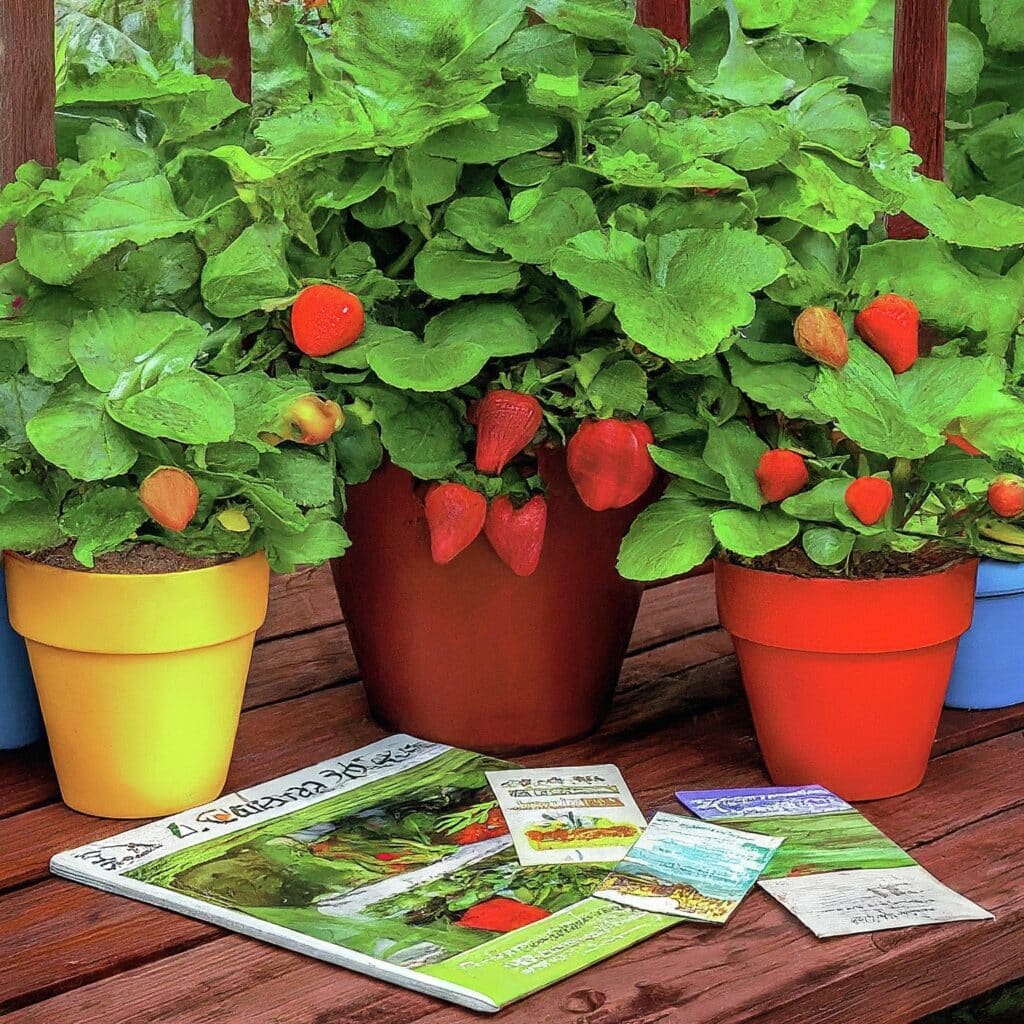
Gaviota Strawberry Plants: Where to Find Them for Sale
Are you looking to add some sweet and juicy strawberries to your garden? Look no further than Gaviota strawberry plants! In this article, we will discuss where to find Gaviota strawberry plants for sale, as well as some tips on caring for them to ensure a bountiful harvest.
Where can I buy Gaviota strawberry plants?
If you are looking to purchase Gaviota strawberry plants, there are several options available to you. One option is to visit your local nursery or garden center. These establishments often carry a variety of strawberry plants, including the popular Gaviota variety.
You can also check online gardening retailers, such as Burpee or Stark Bro’s, which offer a wide selection of strawberry plants that can be conveniently shipped to your door.
When purchasing Gaviota strawberry plants, be sure to look for healthy, disease-free plants with bright green leaves and firm roots. It is also important to choose plants that are certified disease-resistant to ensure a successful growing season.

How should I care for my Gaviota strawberry plants?
Gaviota strawberry plants are relatively easy to care for as long as they are provided with the proper growing conditions. Plant your Gaviota strawberries in a sunny location with well-draining soil. Make sure to water them regularly, especially during the hot summer months, to keep the soil consistently moist but not waterlogged.
It is also important to fertilize your Gaviota strawberry plants regularly with a high-quality, balanced fertilizer to promote healthy growth and fruit production. Additionally, be sure to mulch around the plants to help retain moisture and suppress weeds.

Can I grow Gaviota strawberry plants in containers?
Yes, Gaviota strawberry plants can thrive in containers, making them a great choice for small spaces or patios. When growing Gaviota strawberries in containers, be sure to choose a pot that is at least 12 inches in diameter to allow for ample root growth. Use a well-draining potting mix specifically formulated for strawberries and place the container in a sunny location.
Container-grown strawberries will need more frequent watering than strawberries planted in the ground, so be sure to check the soil moisture regularly. Additionally, fertilize your container-grown Gaviota strawberry plants every 4-6 weeks during the growing season to provide them with the nutrients they need.

What are some common pests and diseases that affect Gaviota strawberry plants?
Gaviota strawberry plants are susceptible to a few common pests and diseases that can affect their health and productivity. Some of the most common pests that may attack Gaviota strawberries include aphids, spider mites, and slugs. To control these pests, regularly inspect your plants for signs of damage and treat them with an appropriate insecticide or pest control product.
In terms of diseases, Gaviota strawberry plants can be affected by fungal infections such as powdery mildew and botrytis gray mold. To prevent these diseases, avoid overhead watering, which can promote fungal growth and ensure good air circulation around the plants. If your Gaviota strawberries do develop a disease, treat them with a fungicide according to the product instructions.

How can I increase my Gaviota strawberry plant yield?
If you are looking to boost the yield of your Gaviota strawberry plants, there are a few strategies you can implement to encourage more fruit production. One of the most effective methods is to regularly prune your plants to remove old or diseased growth and promote new growth. Pruning also helps improve air circulation around the plants, which can reduce the risk of disease.
Additionally, make sure to thin out the runners that your Gaviota strawberry plants produce, as these can divert energy away from fruit production. Finally, consider applying a fruit-setting hormone, such as cytokinin, to help increase the number of flowers and berries your plants produce.
Conclusion
In conclusion, Gaviota strawberry plants are a delicious and rewarding addition to any garden. By following the tips outlined in this article, you can easily find Gaviota strawberry plants for sale and care for them to ensure a bountiful harvest.
Whether you choose to grow your Gaviota strawberries in the ground or in containers, with proper care and attention, you can enjoy a steady supply of sweet and juicy berries throughout the growing season.
FAQs
Can I grow Gaviota strawberry plants from seed?
Gaviota strawberry plants are typically grown from bare root plants or runners rather than seeds. While it is possible to grow strawberries from seed, this method is less common and can be more challenging for novice gardeners. It is recommended that we start with established Gaviota plants for the best results.
How long does it take for Gaviota strawberry plants to produce fruit?
Gaviota strawberry plants typically start producing fruit in their second year of growth after they have had a chance to establish a strong root system. In their first year, Gaviota plants will focus on growing foliage and developing runners, while fruit production will increase in subsequent years.
What is the best time of year to plant Gaviota strawberry plants?
The best time to plant Gaviota strawberry plants is in early spring after the threat of frost has passed and the soil has started to warm up. This will give your plants the best chance of establishing themselves before the growing season begins, leading to a healthier and more productive crop of berries.
How do I know when my Gaviota strawberries are ripe and ready to harvest?
Gaviota strawberries are ripe and ready to harvest when they have turned a deep red color and are slightly soft to the touch. It is best to pick strawberries in the morning when they are at their sweetest and most flavorful. Simply grasp the berry near the stem and gently twist it to remove it from the plant.
Can I overwinter my Gaviota strawberry plants?
Gaviota strawberry plants are perennial and can survive mild winters with proper protection. In colder climates, consider mulching around your plants to insulate the roots and protect them from freezing temperatures. Additionally, you can cover your Gaviota strawberries with row covers or cloches to shield them from harsh winter conditions.








